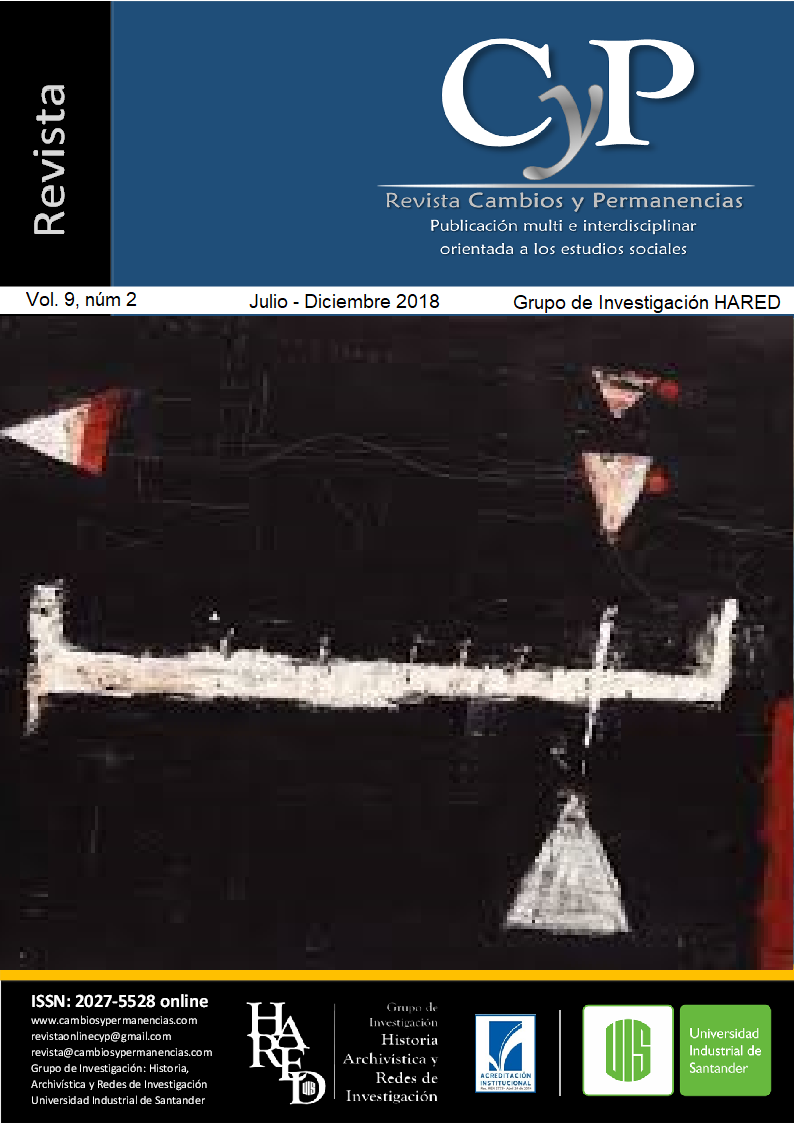Published 2018-12-20
Keywords
- Internal armed conflict,
- historical memory,
- Peruvian cinematography,
- posthegemony,
- Truth and Reconciliation Commission
How to Cite
Abstract
In its Final Report published in 2003, the Truth and Reconciliation Commission of Peru estimated the number of victims of the period of violence 1980-2000 at 69,280. The Report denounced with rigor and indignation the violence that spread throughout the Peruvian territory and the shocking silence about it in Lima and other places. After more than a decade, there is no doubt that the Truth and Reconciliation Commission has given rise to the creation of a Peruvian cinematographic panorama that reflects the current political and social situation. It is of great interest to observe how and in what cultural areas this historical episode has been reflected. The Peruvian cinema has tried to represent a historical period of which it is also part. Thanks to these democratic spaces such as cinema and literature, we visualize posthegemonic, complex and ambitious visions that avoid concealment and raise the voice on political officialdom and social fear. We present here spaces and recent cinematographic works that suppose the exit of the silence or the self-censorship that marked the last decades. Likewise, they clarify relevant concepts about contemporary Peru: the eternal distance between costa-sierra-selva, "choledad", racism and discrimination.


